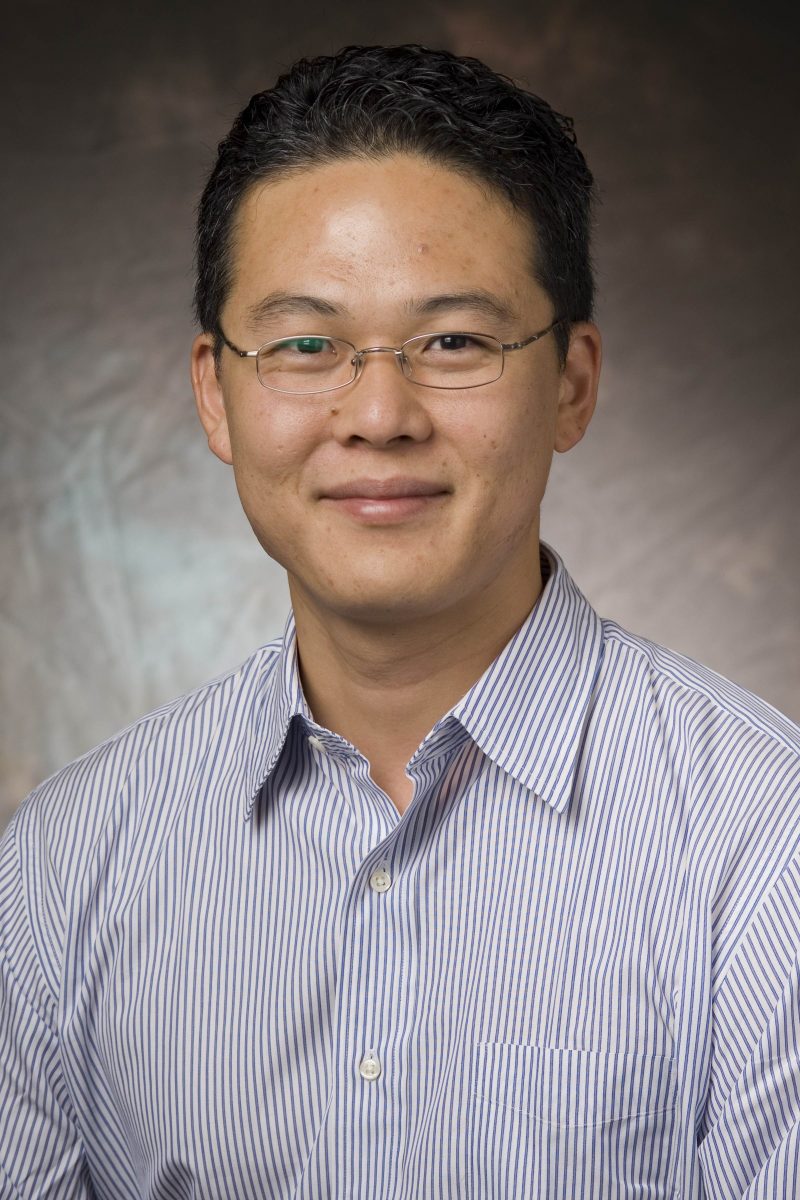

New Faculty photos 2007 09/18/07
Tae Hoon Kim
RELATED STORY: Tae Hoon Kim: Searching for the Genome’s Switches and Dials
Tae Hoon Kim obtained a bachelor’s degree from Reed College and a Ph.D. in biochemistry from Harvard University under the tutelage of Tom Maniatis, a 1978 Rita Allen Foundation Scholar and a pioneer of molecular cloning. He completed postdoctoral training in genomics with Bing Ren, an international leader of functional genomics, at the Ludwig Institute for Cancer Research at the University of California, San Diego. In 2006 Kim joined the faculty of the Yale University School of Medicine. In 2014 he moved to the University of Texas at Dallas. Kim has devoted his research career to understanding transcriptional regulation of the human genome, and has been pioneering techniques for global analyses of protein-DNA interactions. His technical and research accomplishments have been recognized nationally by a number of private foundations and by the National Institutes of Health. In addition to a Rita Allen Foundation award, he has received a Ruth L. Kirschstein National Research Service award, a Sidney Kimmel Scholar award, and an Alexander and Margaret Stewart Trust fellowship.
Over the past several years, the Kim laboratory has contributed to understanding of transcriptional and epigenetic control of the human genome by uncovering and examining new and emerging gene control mechanisms relevant for health and disease, and by pioneering new functional genomics approaches. They have been characterizing a key class of cis-regulatory elements known as insulators, which function in higher-order folding of the chromosomes into a 3-D genome to facilitate transcription insulation. They determined the distribution of the insulator protein CTCF across the human genome, identified the recognition sequence responsible for its distribution across vertebrate genomes, and proposed a possible mode of evolution of its binding sites. From this analysis, Kim’s group identified recruitment of the chromosomal protein cohesin as a novel mechanism for regulating topological segregation of heterochromatin at chromatin boundaries. They also identified a long noncoding RNA involved in maintaining topological segregation of heterochromatin. In parallel, their analysis of global nascent transcription in the human genome is allowing them to identify and characterize novel enhancers and associated long noncoding RNAs that function to regulate target gene expression in innate immunity and in cancers.